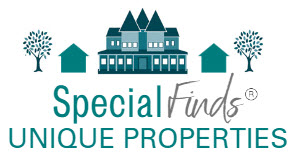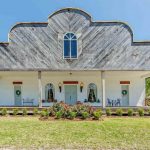Preserving History: How to Market and Sell Historical Properties
There’s something truly magical about walking through the doors of an old house. The creak of the wooden floors, the intricate details of the molding, the unmistakable sense that these walls have seen a thousand stories unfold—these are the things that make historic homes and antique houses so special. But when it comes time to sell one of these architectural gems, it’s not just about listing it on the market and waiting for buyers to roll in. Selling a historic home is both an art and a science, requiring a deep appreciation for its unique features and a strategy that highlights its rich history. So, if you’re ready to pass the torch of stewardship to a new owner, let’s explore how to market and sell your historic home while preserving the essence that makes it extraordinary.
Understanding the Value of Historic Homes
Before we dive into the nitty-gritty of marketing, it’s essential to recognize the value of historic homes. These properties aren’t just places to live; they’re pieces of history, offering a direct link to the past. Whether it’s a Colonial-era farmhouse, a Victorian mansion, or a mid-century modern masterpiece, each historic home carries with it a legacy that’s worth preserving.
Buyers interested in antique houses often fall into one of two categories: history enthusiasts who appreciate the architectural integrity and stories behind the home, and investors looking for unique properties that offer more than just four walls and a roof. For both types of buyers, the key to a successful sale lies in understanding and communicating the home’s historical significance.
- Craft a Compelling Story
Let’s face it: a historic home is more than just a property—it’s a narrative waiting to be told. Crafting a compelling story around your home is one of the most effective ways to capture the attention of potential buyers. Think of your historic home as a character in a novel. What are its origins? Who lived there? What events shaped its existence?
- Highlight the History: Begin by researching the home’s history. If possible, dig up old photographs, blueprints, and documents that tell the story of the house. Was it built by a notable architect? Did a famous figure once call it home? Was it the site of significant events in the local community? These details can add tremendous value and appeal to your marketing efforts.
- Tell the Tale: When writing your property description, weave the historical narrative into it. Instead of simply listing features like “original hardwood floors,” try something like, “Step back in time as you walk on the same hand-laid hardwood floors that have graced this home since 1892.” This kind of storytelling paints a vivid picture in the buyer’s mind and helps them connect emotionally with the property.
- Visual Storytelling: Use high-quality photographs and videos to complement the narrative. Capture the unique architectural details, like crown molding, stained glass windows, or antique fireplaces. Consider creating a short video tour that not only shows the home but also tells its story—perhaps narrated by a local historian or through interviews with previous owners.
Nostalgia Cottage
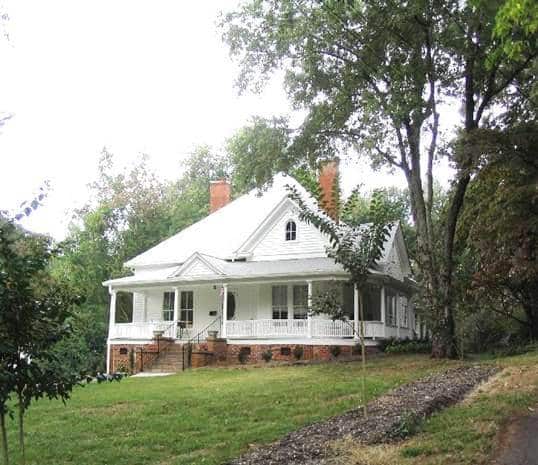
The screen door slams as a child dashes in one door then out another. Laughter echoes throughout the house as children play hide-‘n-seek on the lawn. Grown-ups sip iced tea in rockers on the wraparound porch. A gingham cloth drapes picnic tables where lemonade and cakes tempt nibbling from passersby. Nostalgia Cottage has lived a rich social history where friends and community gathered annually for various occasions.
Built in 1908 by the well-known Tanner family, she sits back from the road on approximately 3 acres. Freshly painted bright white, with new roof and significant infrastructural updates, she is well on her way to renovation. Her sturdy walls hold a history of warmth, love, and pride, obvious in the detail of some of the original features still remaining — oak flooring cut from the trees on the Tanner farm, original trim and framework, plaster walls in the foyer, soaring 11-foot ceilings, 4 freshly painted bedrooms and 2 bathrooms. The kitchen is all original and needs complete cosmetic renovation, yet the space is large with separate breakfast room. This property is a ready-and-waiting canvas within walking distance to shopping, dining, and medical facilities. With some 2800 square feet, she would make a wonderful B&B.
- Target the Right Audience
Marketing a historic home isn’t about casting a wide net—it’s about finding the right fish. The pool of buyers interested in historic homes is smaller but often more passionate. These buyers typically seek something that stands out from the cookie-cutter homes they see daily.
- Niche Real Estate Websites: While listing your home on popular sites like Zillow or Realtor.com is important, also consider niche real estate websites that cater specifically to historic and unique properties. Websites like HistoricHomes.com, PreservationDirectory.com, and CIRCA Old Houses are excellent platforms to reach an audience that’s specifically interested in antique houses.
- Social Media Targeting: Social media is a powerful tool for reaching potential buyers, especially when used strategically. Create posts that showcase the home’s unique features and share its story. Use hashtags like #HistoricHomes, #AntiqueHouses, and #OldHouseLove to reach enthusiasts. Facebook and Instagram offer targeted advertising options that allow you to focus on demographics likely to be interested in historic homes, such as age, location, and interests in history or architecture.
- Engage with Preservation Groups: Historic preservation societies and local history groups often connect with people who value historic homes. Reach out to these organizations to see if they would be willing to help spread the word. They might feature your property in their newsletters, on their social media pages, or even during their events.
- Preserve and Highlight Original Features
One of the biggest draws of historic homes is their original features. Buyers interested in these properties often look for authentic details that reflect the home’s age and character. Preserving these features and highlighting them in your marketing can make your property stand out.
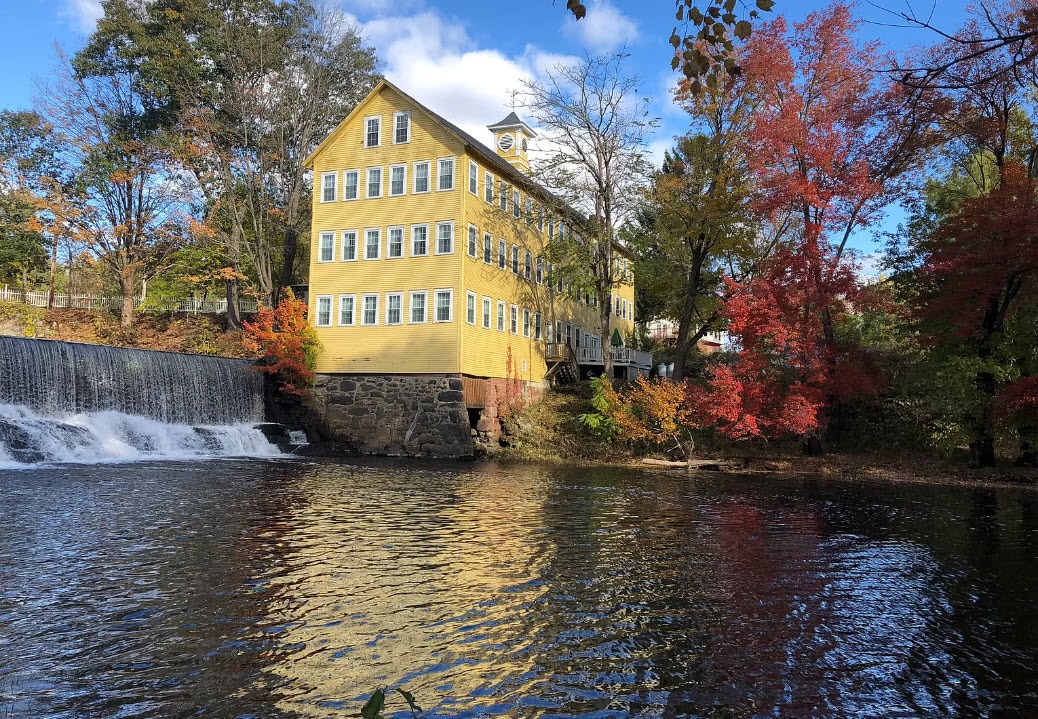
- Restore Where Possible: If your home has original features that are in need of some TLC, consider restoring them before listing the property. This could include refinishing hardwood floors, restoring original windows, or repairing period-specific details like plasterwork or wood paneling. These restorations not only preserve the home’s historical integrity but also increase its appeal to potential buyers.
- Document the Restoration: If you’ve undertaken significant restoration work, document the process. Take before-and-after photos and keep records of the materials used and the craftsmen who performed the work. This documentation can be a powerful selling point, showing potential buyers the care and attention to detail that went into preserving the home’s character.
- Feature Unique Details in Marketing: Make sure your marketing materials emphasize the home’s original features. Whether it’s a clawfoot tub, a tin ceiling, or an original slate roof, these details are what set your property apart from newer homes. Use close-up photos and detailed descriptions to showcase these elements.
- Educate Buyers on the Benefits of Historic Homes
Buying a historic home comes with its own set of responsibilities and rewards. Some buyers may be hesitant, worried about the potential maintenance or restrictions associated with owning an antique house. As a seller, it’s your job to educate them on the benefits and help them see the value in preserving history.
- Tax Incentives and Grants: In many areas, there are tax incentives, grants, and other financial benefits available for the preservation of historic homes. Research what’s available in your area and include this information in your marketing materials. This can be a significant selling point for buyers who might be on the fence due to concerns about cost.
- Longevity and Craftsmanship: Historic homes were often built with materials and craftsmanship that are hard to find today. From thick plaster walls to hand-carved banisters, these homes were built to last. Highlight the durability and quality of these features, and explain how they contribute to the home’s long-term value.
- Community and Heritage: Owning a historic home isn’t just about having a beautiful place to live—it’s about being part of something larger. Historic homes often contribute to the character of a neighborhood or community. Emphasize how buying your home allows the new owner to become a steward of local history, preserving it for future generations.
- Navigating Historic Preservation Restrictions
One aspect of selling a historic home that can be both a blessing and a challenge is dealing with historic preservation restrictions. Many historic homes are located in designated historic districts or are listed on the National Register of Historic Places, which means there are rules governing what can and cannot be done to the property.
- Be Transparent: It’s important to be upfront with potential buyers about any restrictions that come with the property. This includes limitations on exterior changes, requirements for using certain materials, or guidelines for any additions or renovations. Transparency will build trust and help buyers understand what they’re getting into.
- Highlight the Benefits: While restrictions might seem like a drawback, they actually serve to protect the value and integrity of the home. Explain to buyers that these regulations help maintain the historical character of the property and the surrounding area, which can enhance the home’s value over time.
- Work with Preservation Experts: If you’re unsure about the specifics of the restrictions or how they affect the property, consider working with a historic preservation expert. They can provide guidance on what’s allowed and help you communicate this information to potential buyers.
- Pricing Historic Homes
Pricing a historic home can be tricky. You want to reflect the value of the home’s unique features and history without pricing it out of the market. Here are some tips to find that sweet spot:
- Comparative Market Analysis (CMA): Start by conducting a comparative market analysis, looking at recent sales of similar historic homes in your area. Because historic homes are often one-of-a-kind, finding exact comps can be difficult, so focus on homes with similar architectural styles, square footage, and location.
- Consider Restoration Costs: If your home requires significant restoration work, this should be factored into the price. Be realistic about what buyers will need to spend to bring the home up to their standards and price accordingly. However, if you’ve already done substantial restoration work, this should be reflected in a higher asking price.
- Consult with an Appraiser: An appraiser with experience in historic homes can provide valuable insights into how to price your property. They’ll take into account factors like architectural significance, the condition of original features, and the home’s place in local history.
- Create a Sense of Urgency
Historic homes often attract a lot of interest, but it’s important to create a sense of urgency to move the sale along. One way to do this is by emphasizing the home’s rarity. Let potential buyers know that opportunities like this don’t come along every day.
- Limited Inventory: Remind buyers that historic homes, especially those in good condition, are rare. Highlight the fact that they’re not just buying a home—they’re buying a piece of history that can’t be replicated
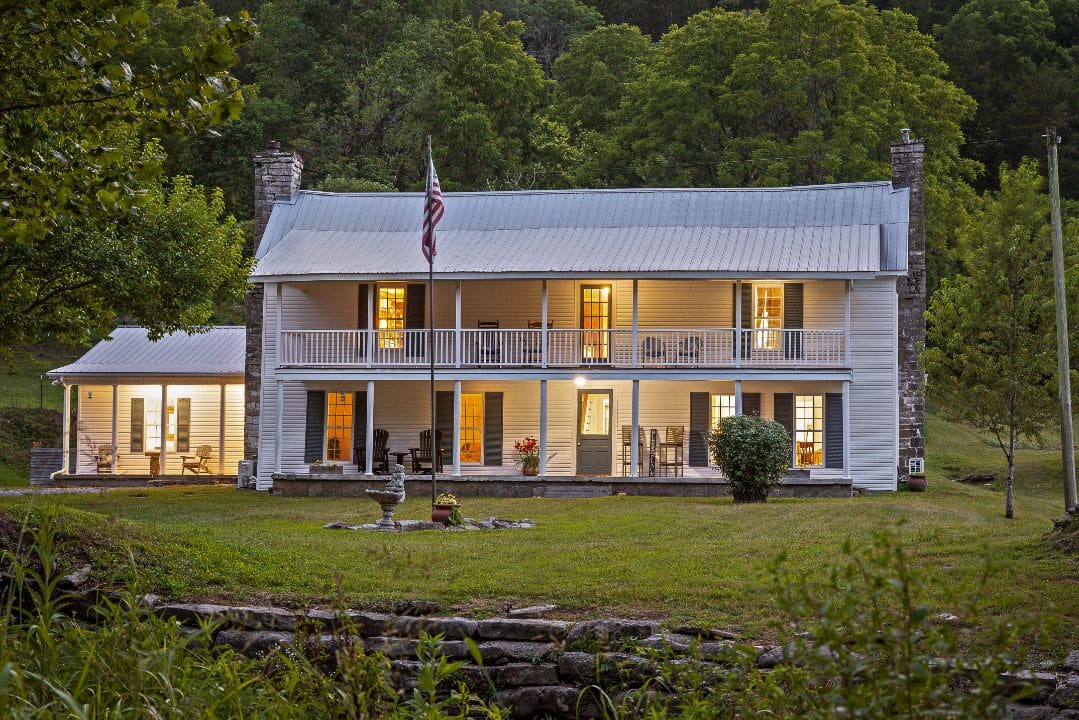
Conclusion: Passing the Torch of Stewardship
Selling a historic home is not just a transaction; it’s the passing of a torch from one steward of history to another. These homes, with their rich stories and unique architectural features, deserve more than just a “For Sale” sign in the front yard. They require a thoughtful, targeted approach that respects their past while also appealing to the right buyer—someone who will appreciate and preserve the property’s legacy.
By crafting a compelling narrative, targeting the right audience, preserving and highlighting original features, educating buyers on the benefits of historic homes, and navigating the nuances of preservation restrictions, you can ensure that your historic home finds its next caretaker. Pricing the home thoughtfully and creating a sense of urgency can also help you close the deal, all while honoring the history embedded within those walls.
Remember, the goal is not just to sell a house but to find someone who will continue to cherish and protect the history that your home embodies. With the right strategy, you can connect with buyers who see the value in preserving a piece of the past, ensuring that your historic home will be loved and cared for by future generations. After all, when it comes to historic homes and antique houses, you’re not just selling a property—you’re preserving history.
